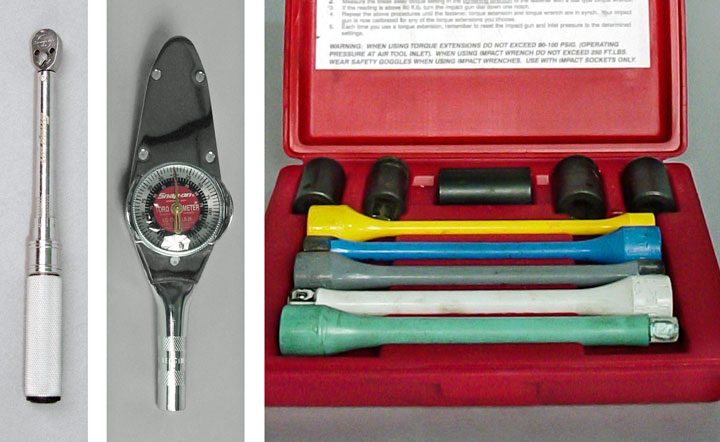
Back-To-Basics: Torque-To-Yield Bolts
- Posted on 12 February 2020
Sometimes, going back to the basics can make the difference between a quality repair and a failed repair. Let’s take a look at torque-to-yield bolts.
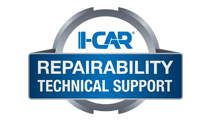

Sometimes, going back to the basics can make the difference between a quality repair and a failed repair. Let’s take a look at torque-to-yield bolts.

Repairer Driven News (RDN) released an article about the 2020 Kia Cadenza. The article focuses on changes to the new generation of this Kia. These changes go beyond just the new exterior design.

The GM Repair Insights website is back up after being down for a number of months. The Repairer News section of the site has solutions to specific issues for GM vehicles, such as wind noise on full-size trucks. With the re-publishing of this website, comes two new issues of the Insights magazine.
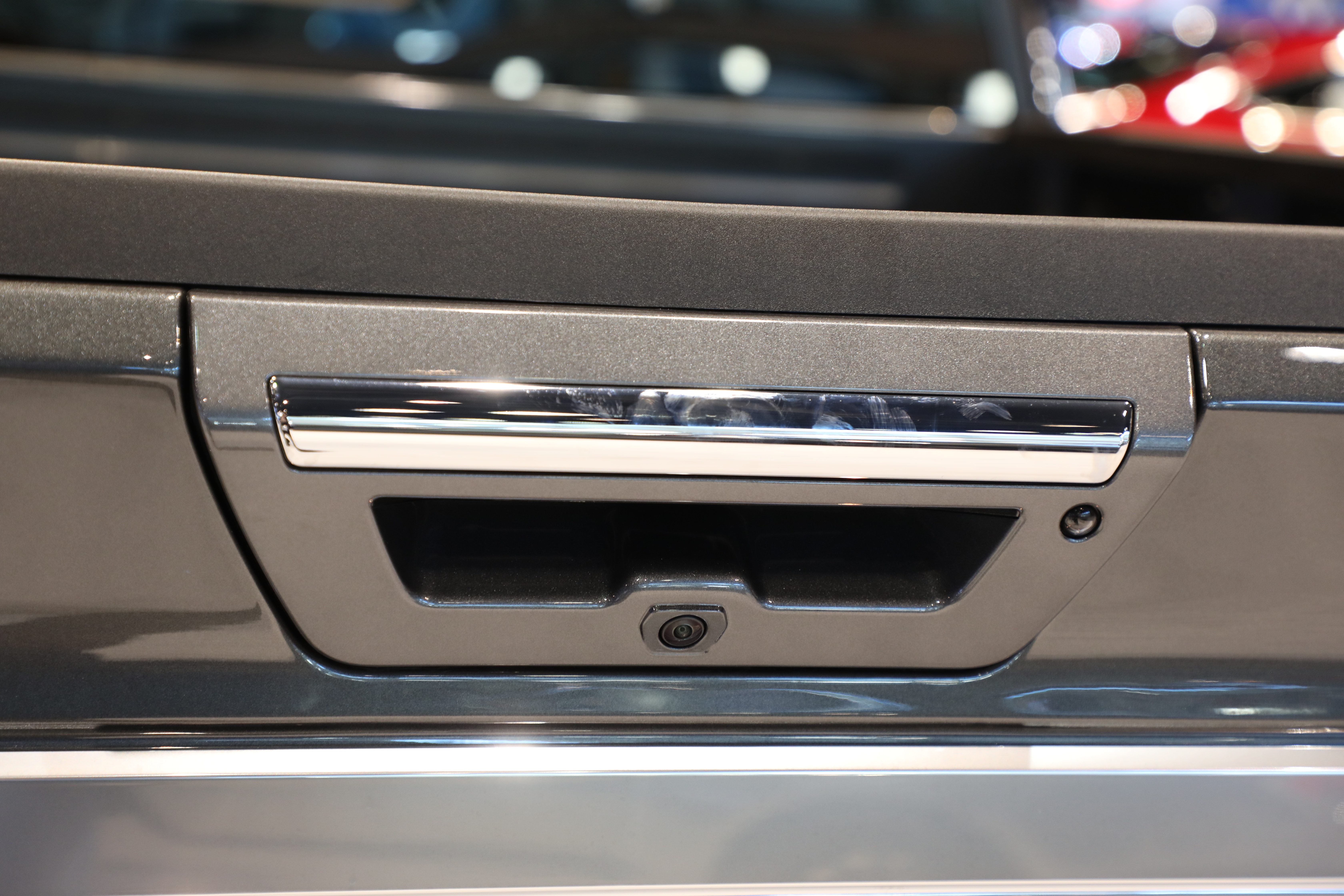
A key part of being able to diagnose a problem with advanced driver assistance systems (ADAS) is understanding how the system works. Knowing what is happening inside the system will help you properly diagnose why the system may be failing. This will prevent replacing parts that are not causing the system issue. Let’s take a look at the inner workings of the rear view system.
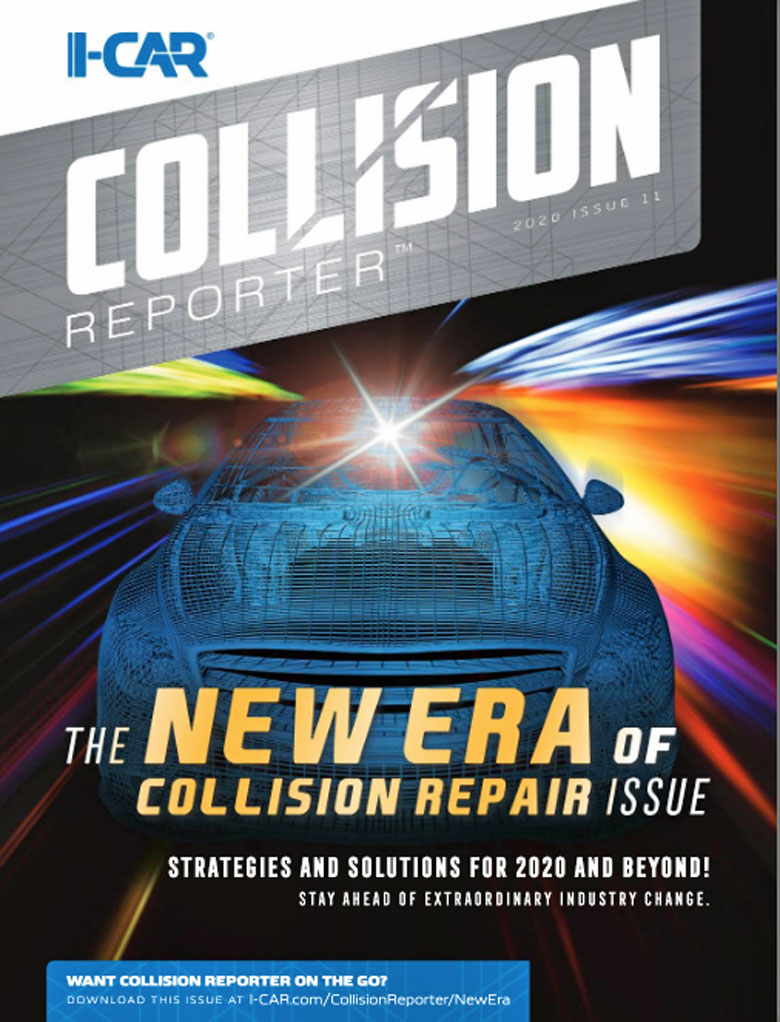
The eleventh installment of I-CAR Collision Reporter - The New Era Of Collision Repair Issue has been released. This issue focuses on the extraordinary industry changes ahead. It also offers some strategies and solutions to help face these changes. Also included is a panel discussion on this new era of unprecedented evolution of collision repair.

Repairer Driven News (RDN) released an article on Cadillac’s upgraded version of their hands-free driving system, Super Cruise. This improved system will allow the vehicle to change lanes with no driver input, other than engaging the turn signal.

A key part of being able to diagnose a problem with advanced driver assistance systems (ADAS) is understanding how the system works. Knowing what is happening inside the system will help you properly diagnose why the system may be failing. This will prevent replacing parts that are not causing the system issue. Let’s take a look at the inner workings of a side view system.
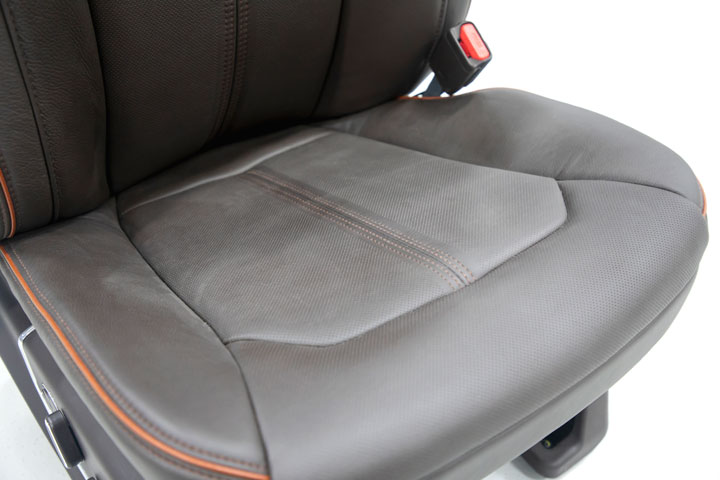
As vehicles are becoming more advanced, we are finding technology where it never was before. Sometimes it is in plain sight, such as infotainment systems, GPS, and a head-up display. However, sometimes it is concealed in places one may not expect.

One of the top technical inquiries received at Ask I-CAR is “Is there a sectioning or partial replacement procedure available?” To help answer this question, RTS has an OEM Partial Part Replacement Search available. Here you will find information on if these procedures are available on a specific vehicle. Let’s take a closer look at the 2020 Cadillac CT5.
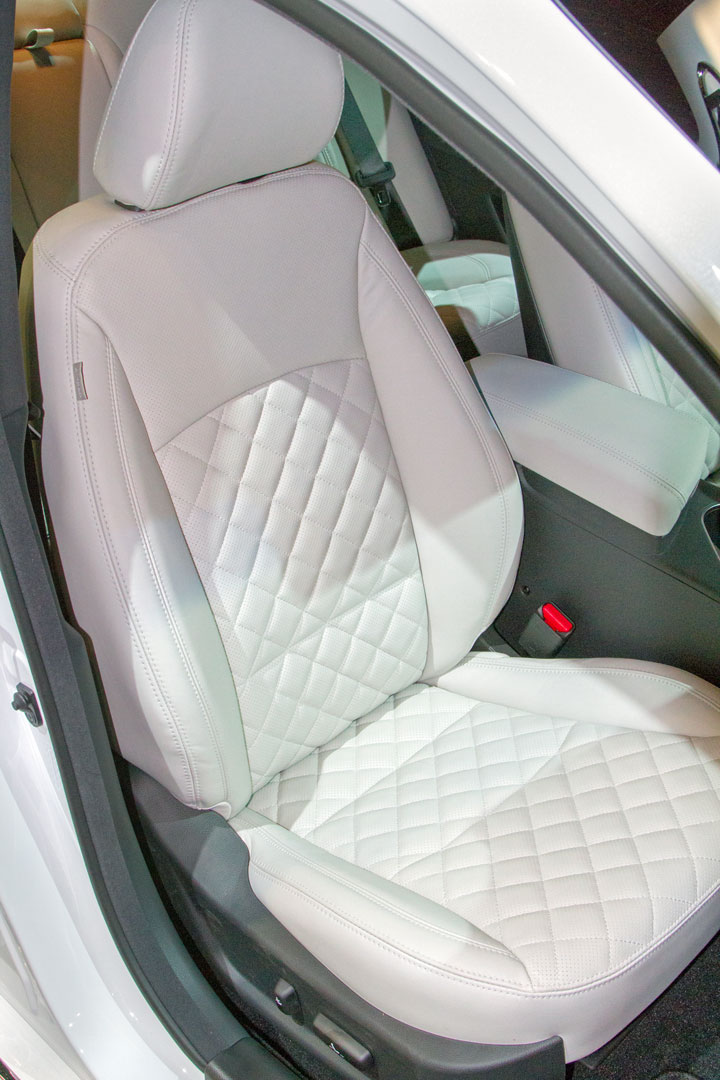
As vehicles are becoming more advanced, we are finding technology where it never was before. Sometimes it is in plain sight, such as infotainment systems, GPS, and a head-up display. However, sometimes it is concealed in places one may not expect.
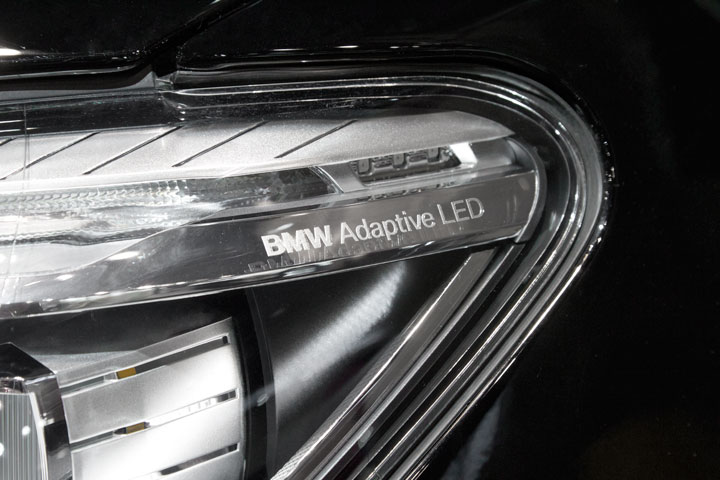
A key part of being able to diagnose a problem with advanced driver assistance systems (ADAS) is understanding how the system works. Knowing what is happening inside the system will help you properly diagnose why the system may be failing. This will prevent replacing parts that are not causing the system issue. Let’s take a look at the inner workings of the adaptive lighting system.
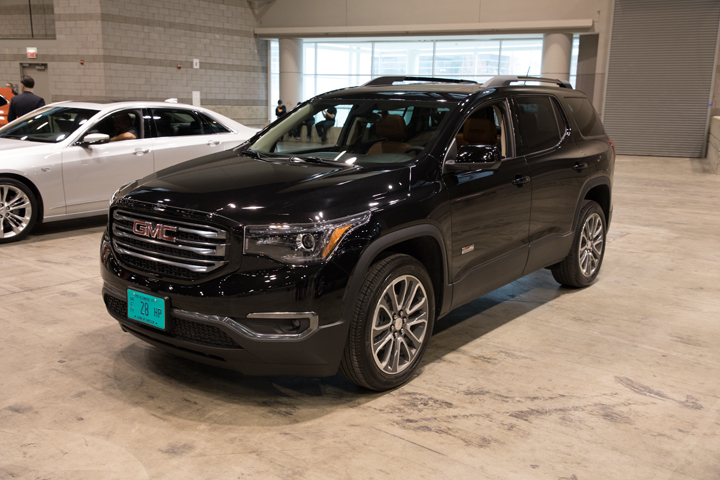
While many have noticed that advanced driver assistance systems (ADAS) are showing up on vehicles, there still is confusion on what is required of these systems after a collision occurs. The Ask I-CAR team frequently gets questions in regard to calibration of ADAS. Many of these questions can be answered simply by using the OEM Calibration Requirements Search. However, there are some questions that may need more details than the calibration search provides. Let’s take a look at the 2019 GMC Acadia.
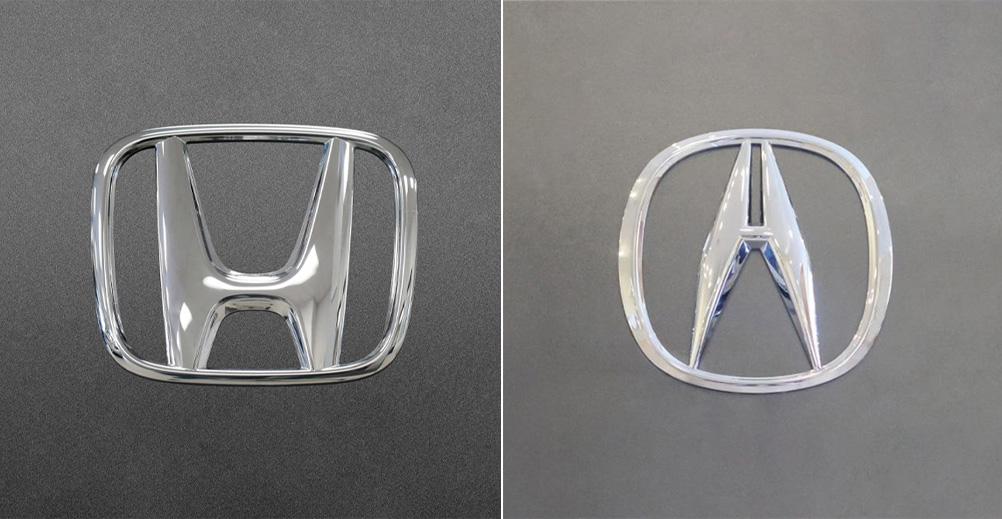
As part of the I-CAR Repairability Technical Support (RTS) OEM linking pin activity, we are helping to connect the collision repair industry to the vehicle makers. Recently, we had a technical inquiry that asked for clarification on the Honda/Acura SRS Component Replacement/Inspection After Deployment document located in vehicle-specific body repair manuals.
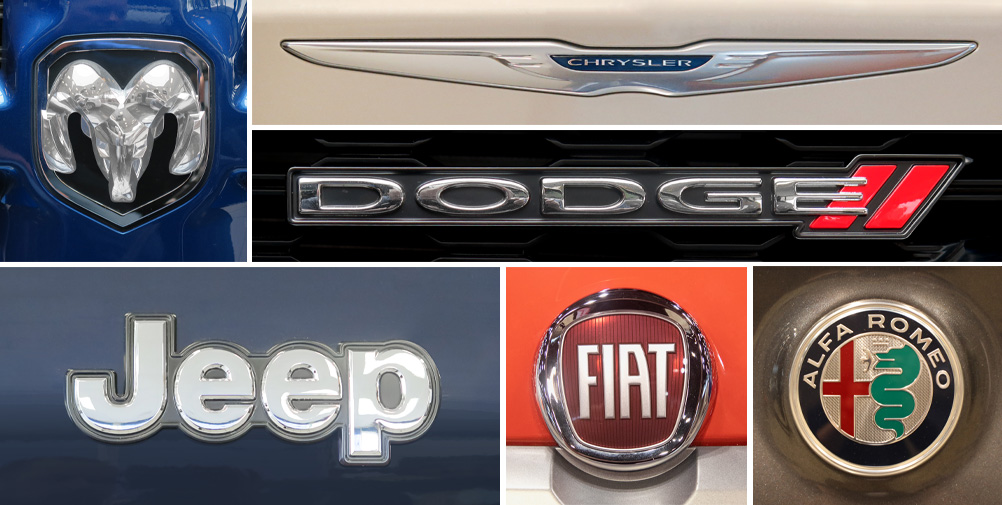
Vehicle makers may group their body repair manuals (BRM) in several different ways. Sometimes the BRMs are grouped by a year range, some are listed as VIN specific, and others are arranged by a body code. Let’s take a look at FCA/Stellantis to see how they group their BRMs.
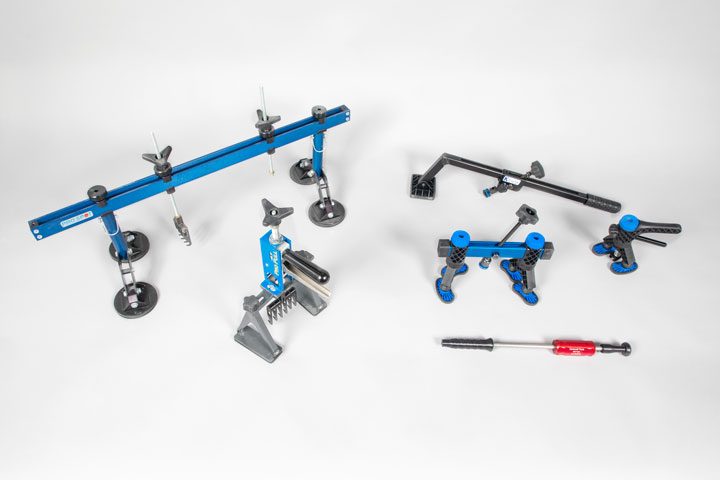
Glue pull repair (GPR), don’t you mean paintless dent removal (PDR)? PDR is the art of removing panel dents by either pushing or pulling the metal without damaging the finish. GPR finds its origins in PDR and it has been adopted as a more conventional panel straightening technique.
As the industry continues to ask if pre- and post-repair system scanning is necessary, Toyota/Lexus/Scion provides their answer.
Are you wondering if a particular OEM or organization has a published statement on pre-repair and post-repair scanning? We have compiled a list of most of the statements on the subject, so you can...
Since advanced driver assistance systems (ADAS), scanning, and calibration first started becoming relevant, members of the collision repair industry have required as much knowledge as possible on...
Honda /Acura has updated their position statement on pre- and post-repair scanning to give more clarification on what is expected for scanning.
BMW has released a position statement related to pre- and post-repair system scanning. The statement applies to All vehicles equipped with on board diagnostics II (OBD II).
The I-CAR best practice article, Recycled Outer Quarter Panels w/Rolled Hem Flanges has gotten a lot of interest from the collision repair industry. It’s important to know which vehicles are...
As the industry continues to ask, are pre- and post-repair scans necessary, General Motors provides their answer.
Over the past few months, we've been sharing OEM position statements on restraints wiring repairs. Now we're bringing them all together in one place for easy reference.
FCA/Stellantis has released a position statement related to pre- and post-repair system scanning.
Technicians should be aware of what’s required to keep advanced driver assistance systems (ADAS) running safely after a collision. Whether that be aiming a camera, which can cause a system to not...
Nissan/INFINITI updated their position statement on pre- and post-repair scanning.
I-CAR now provides mechanical, electrical, and trim (MET) training for Jaguar Land Rover (JLR). This training is a new requirement for Jaguar Land Rover Authorized Collision Repair Centers.
I-CAR had a discussion on spot welder machine technology, setup, and maintenance.
Sometimes, going back to the basics can make the difference between a quality repair and a failed repair. Checking proper fit-up of exterior panels is vital for a successful repair when replacing...
Attending the SEMA Show in Las Vegas this year? Well, I-CAR will be providing many different opportunities to connect with you at this year’s show.
Ford has released the third installment of their On Target publication for 2025.
Are you looking for OEM emergency response guides (ERGs)? The Repairability Technical Support (RTS) team has located these guides and either houses them on the RTS website, provides links to...
Ford/Lincoln released updated position statements about repairing bumper covers on vehicles with advanced driver assistance systems (ADAS).
A simple bumper repair on a modern vehicle may not be as simple as it seems. New technologies like blind spot monitoring, adaptive cruise control, and other advanced driver assistance systems (ADAS)...
I-CAR has developed courses that provide an overview of collision repair and electromechanical repair for current Mazda vehicles.